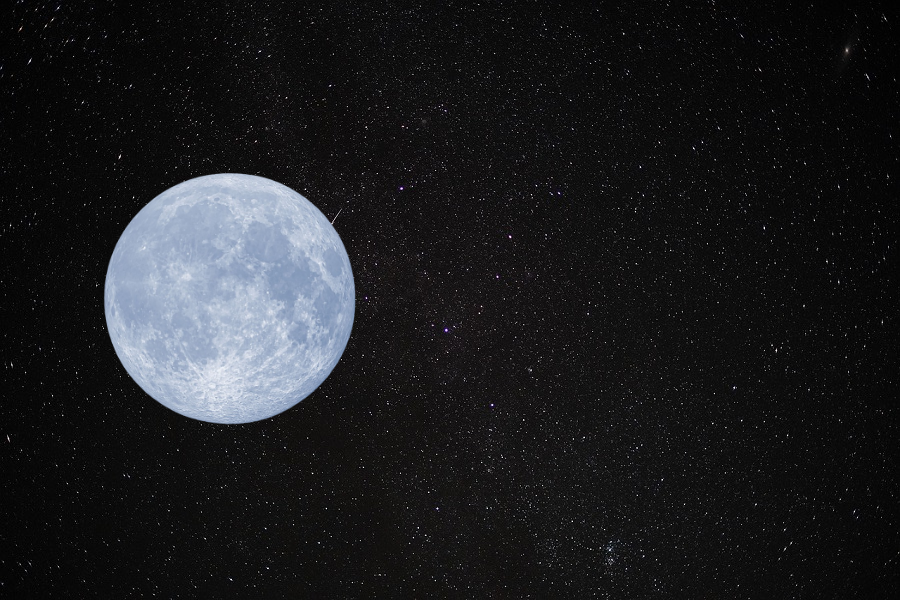Celestial Show of August: Supermoons, and Meteor Showers

Image: Antonio Manaytay
This year’s month of August does not only have two full moons – has two full super moons and a Blue Moon. Adding to this celestial show is the annual Perseids meteor shower.
Here are some celestial events to look out for.
The Surgeon Moon, the second of four scheduled supermoons this year, is set to appear on the afternoon of August 1, with peak illumination occurring at 2:32 p.m. EDT. As night falls, observers can witness the moonrise in the southeast direction.
A supermoon, such as the Surgeon Moon, typically appears about 8 percent larger than an average-sized moon and shines approximately 16 percent brighter. The name “Sturgeon Moon” is derived from the time of year when the giant sturgeon in the Great Lakes and Lake Champlain were most commonly caught.
Other names for August’s full moon include the Corn Moon, Skumoone Neepãʔuk in the Mahican Dialect, the Ricing Moon or Manoominike-giizis in Anishinaabemowin (Ojibwe), and the Hot Moon or Gëdë́’ökneh in Seneca.
August 12-13
On August 12-13, the Perseids meteor shower will reach its peak.
The moon’s illumination will be around 10 percent during this time, and the meteor shower tends to intensify as the night progresses into the early morning hours. The absence of moonlight will allow for better visibility of these often colorful meteors.
This meteor shower is at its best before dawn, and up to 90 meteors per hour may be visible under a dark sky.
August 24
August 24 will bring a rare event where the moon will pass in front of the star Antares (Alpha Scorpii), creating a lunar occultation. This event will be visible in Mexico, the contiguous United States, and Canada. The occultation is expected to begin around 10:52 p.m. Eastern time. The moon will be 25 days past the new moon and 57 percent illuminated.
Asteroid 8 Flora will be visible in the constellation Aquarius on August 26. Astronomers named this asteroid after the Roman goddess of flowers and gardens. It will reach its highest point in the sky around midnight. It will be visible from 10:42 PM to 3:43 AM Eastern time.
August 30
The month concludes with a Full Blue Supermoon on August 30. Blue moons refer to a phenomenon when two full moons occur in a single month.
This full moon will be the closest, biggest, and brightest of the year reaching its peak illumination at 9:36 p.m. EDT. It will be around 222,043 miles from Earth, making it a relatively close supermoon.
Blue Moons are not necessarily blue in color; the term can refer to certain atmospheric conditions. To observe these celestial events, find a dark location away from city lights. And allow your eyes to adjust to the darkness for optimal viewing.







